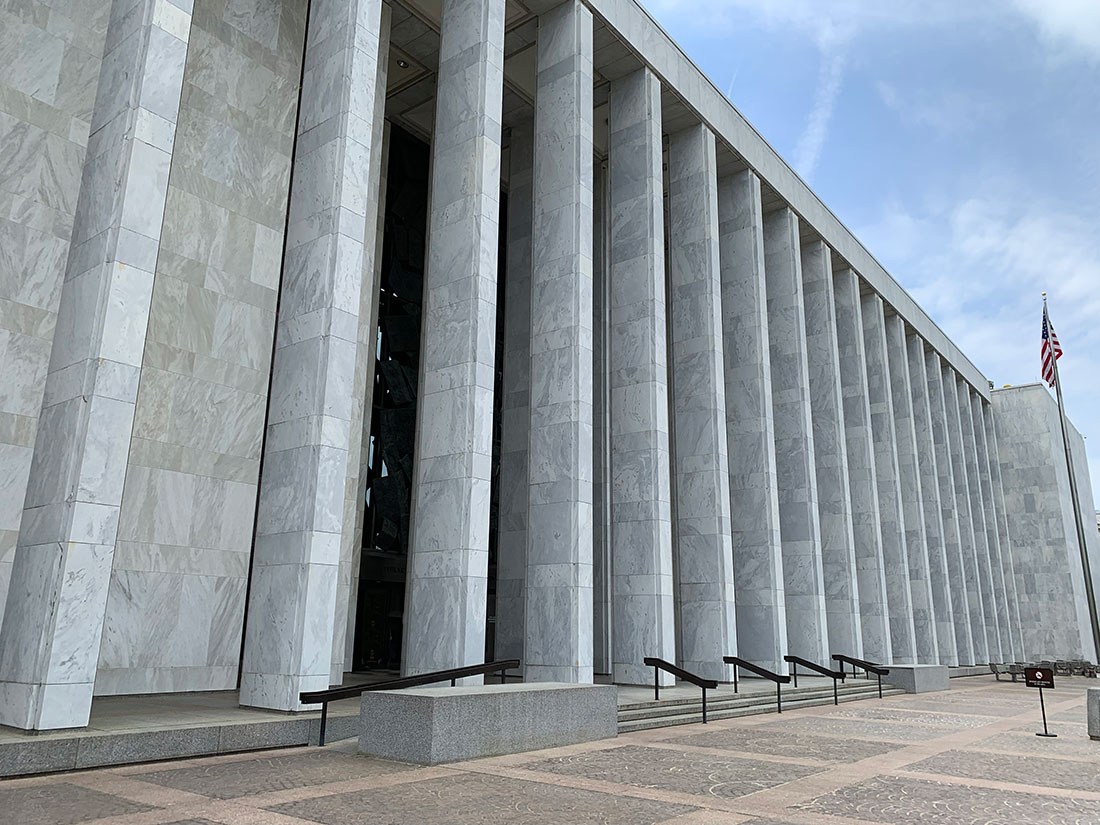
21 Mar Guild Responds to Copyright Office Inquiry on Online Publication
The Graphic Artists Guild submitted comments to a Notice of Inquiry from the Copyright Office on online publication. When registering their copyrights, applicants are required to include the publication status of the work, including the nation of origin and the publication date. In their request, the Copyright Office noted that this requirement poses a problem for works which are posted online. The Notice of Inquiry posed a series of questions from stakeholders in order to propose a regulation interpreting the statutory definition of publication, and to provide policy guidance.
Works which are posted online can either be considered posted for display purposes and therefore unpublished, or published online. The distinction between those two statuses in an online environment can be difficult to determine depending on a number of factors, including the platform to which the work is posted, or the technology used. For example, works which are posted to an online portfolio may be considered posted for display purposes and unpublished. However, if sharing icons are activated on the portfolio page, the work may be considered published, since the sharing icons permit the further distribution of the work, a key factor supporting published status. Since a copyright registration may be thrown out if the registration is challenged because of an error in publication status, creators bear the brunt of negative consequences arising from an ambiguity in determining publication status.
In the Guild’s response, we proposed that the definition of publication should be revised to include the public posting of a work online. The reasoning behind this proposal is that works posted publicly are immediately vulnerable to rampant infringement, and that the distinction between published and unpublished has little meaning in an online environment. While creators do choose to post online works as unpublished, for example as works-in-progress, the Guild contends that such works would benefit from the greater protections afforded published works. Should a later, “finished” version of the work be created, that work could be registered as a derivative work.
The Guild also supported a proposal by the Coalition of Visual Artists in their response to the NOI. That proposal is to provide high volume copyright registration applicants, such as visual artists, an alternative to selecting publication status. In this system, applicants unsure of whether and when their work was published could instead select from a list of “publication events,” such as “date the work was first posted online,” “date the work was posted to social media,” and “date the work was delivered to a potential or current client or agent for possible sale, licensing or other distribution.” This would permit the applicants to estimate the earliest possible date of publication, and would provide them with a “bright line” way to meet the publication requirement.
